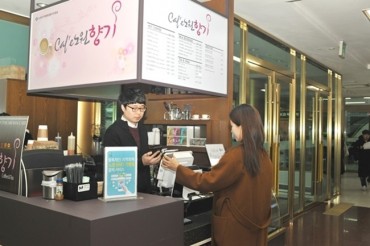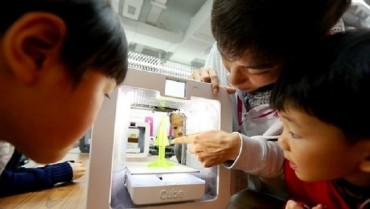
Total student populations at Seoul’s elementary schools from 2011 to 2017 went from an average 907 to 710, with totals dropping considerably between 2011 to 2013. (Image: Yonhap)
SEOUL, Jan. 8 (Korea Bizwire) – Among the 557 public elementary schools in Seoul, 34 have less than 50 new pupils starting first grade this year (the school year begins in what would be considered the spring term in most English-speaking countries).
Other primary schools throughout the city, meanwhile, have prospective first grade classes of barely 20; one school in Jongno is expecting only 16.
This year’s crop of Seoul youngsters is 77,252, 2.05 percent fewer than the 78,867 who entered the first grade last year.
The number of students has fluctuated in the last five years; 2014 and 2017 recorded increases, while 2015 and 2016 were the opposite.
One explanation for the upward spikes in 2014 and 2017 is tied to the Chinese zodiac. First graders born in either of those years were born in the year of the golden pig in 2007, or the year of the white tiger in 2010.

Presently, it appears difficult for there to be a rebound in student numbers. As of December 3, 2017, the CIA World Factbook listed South Korea’s fertility rate as 1.26, placing it 219th out of 224 countries. (Image: Yonhap)
Though the year of the pig, the tiger, or any of the other 12 animals that comprise the Chinese zodiac comes around once every dozen years, a “golden” pig and a “white” tiger are rare occurrences. For instance, the year of the golden pig comes around once every six centuries, while the year of the white tiger, though not as intermittent, happens once every sixty years.
Looking to take advantage of the supposed blessings bestowed on children born in 2007 and 2010, these years hold higher birthrates. With the exception of these moments in recent history, the number of students entering elementary school has been on a steady decline.
Total student populations at Seoul’s elementary schools from 2011 to 2017 went from an average 907 to 710, with totals dropping considerably between 2011 to 2013.
The lack of new blood coming into classrooms has put the squeeze on privately run educational institutions. One such school in Eunpyeong District submitted a request to close with the Seoul Office of Education last month on the grounds that it could no longer sustain itself from the losses incurred by the lack of students. The situation marks the first time the city is taking steps to close down an elementary school due to a shortage of students.
Presently, it appears difficult for there to be a rebound in student numbers. As of December 3, 2017, the CIA World Factbook listed South Korea’s fertility rate as 1.26, placing it 219th out of 224 countries.
Lina Jang (linajang@koreabizwire.com)






